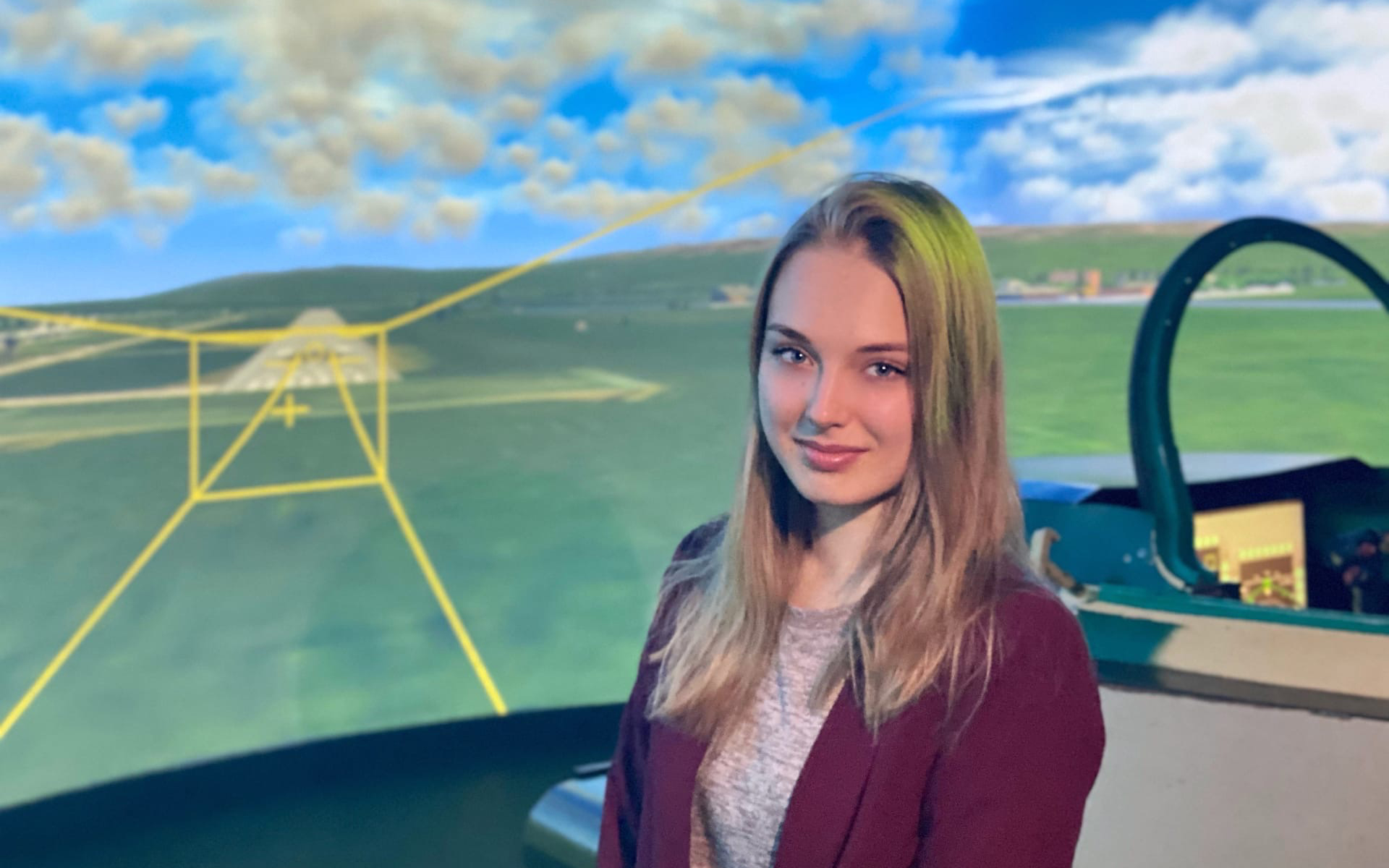The MAI-developed indication system will increase flight safety

Dangerous whirlwinds
Aircraft trail lines, especially long-haul ones, pose a serious threat to other aircraft.
“There are many examples when passengers and flight attendants got injured when aircraft hit a vortex flow at flight level,” says Tatiana Voronka. “If getting into the trail occurs during take-off, approach and landing, then in most cases this leads to fatal consequences. Small aircraft are especially susceptible to this effect. The growth of the number of civil wide-body aircraft together with the development of small aircraft increases the probability of emergency”.
The effect of the trail on the aircraft depends on the conditions of its entry into it. The lateral impact of the vortex will cause a large load on the fuselage and wing, which is very dangerous from the point of view of damage to the aircraft structure. But the most unfavourable option is getting on the train while being on a parallel course. This leads to a sharp roll of the aircraft in one direction or another, which, with a minimum headroom, might turn into a spin. Prompt adaptation of the cockpit crew to the changed conditions is required to avoid such consequences.
“Our display system indicates the deviation from the set trajectory, that cannot yet be detected without technical means,” explains Tatiana. “Pilot sees the permissible corridor and can correct the course timely. Another advantage is that there is no need to constantly monitor the devices, which simplifies the task in a stressful situation greatly".
Remain on course
Experimental studies that were carried out on the MAI flight stands showed that when using the predictive display, it is possible to maintain the given level of accuracy and safety of piloting even when the aircraft hits a strong vortex at a small distance from the runway. The work became part of the Federal Target Program, supported by the Ministry of Science and Higher Education of the Russian Federation within the framework of the Eighth Framework Program of the European Union for the Development of Scientific Research and Technology "Horizon 2020".
Next, the researchers intend to test the possibility of using the system on supersonic commercial aircraft. In 2020, the Moscow Aviation Institute together with the Central Aerohydrodynamic Institute named after Professor N.E. Zhukovsky and other partners became the members of the consortium of the world-class scientific center "Supersonic" within the framework of the national project "Science".“Deviations during landing without indication were several times greater than during landing with indication. We also relied on the established rule, according to which the pilot can land only if the deviation of the aircraft when approaching is within certain limits. Most of the landings without indication required go-around during the experiment, and with the indication engaged the number of such approaches reduced”, says Tatiana.